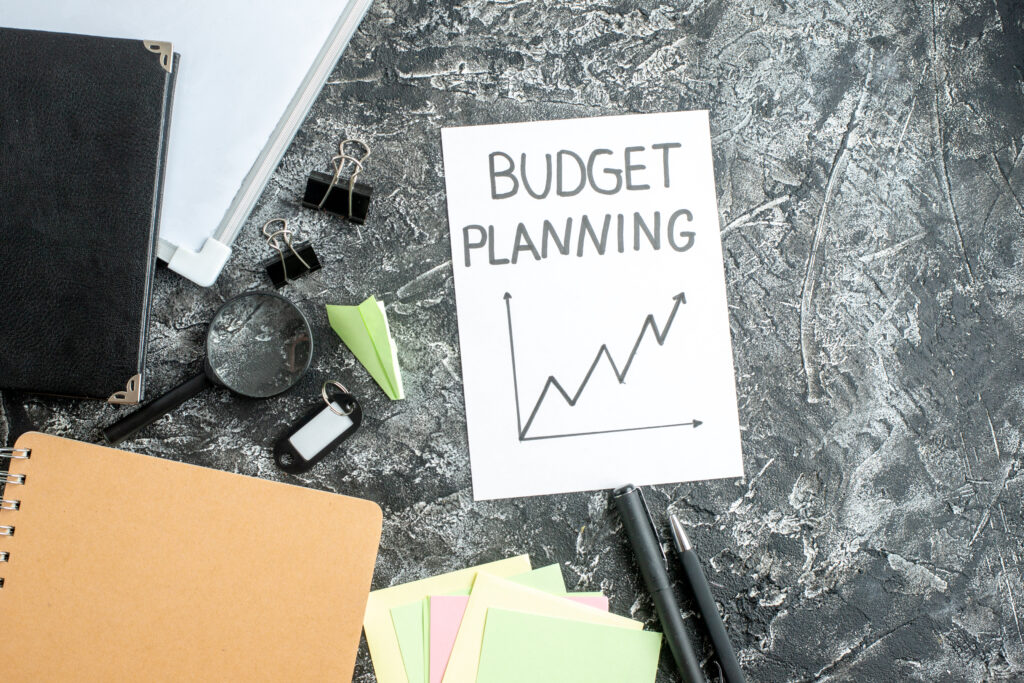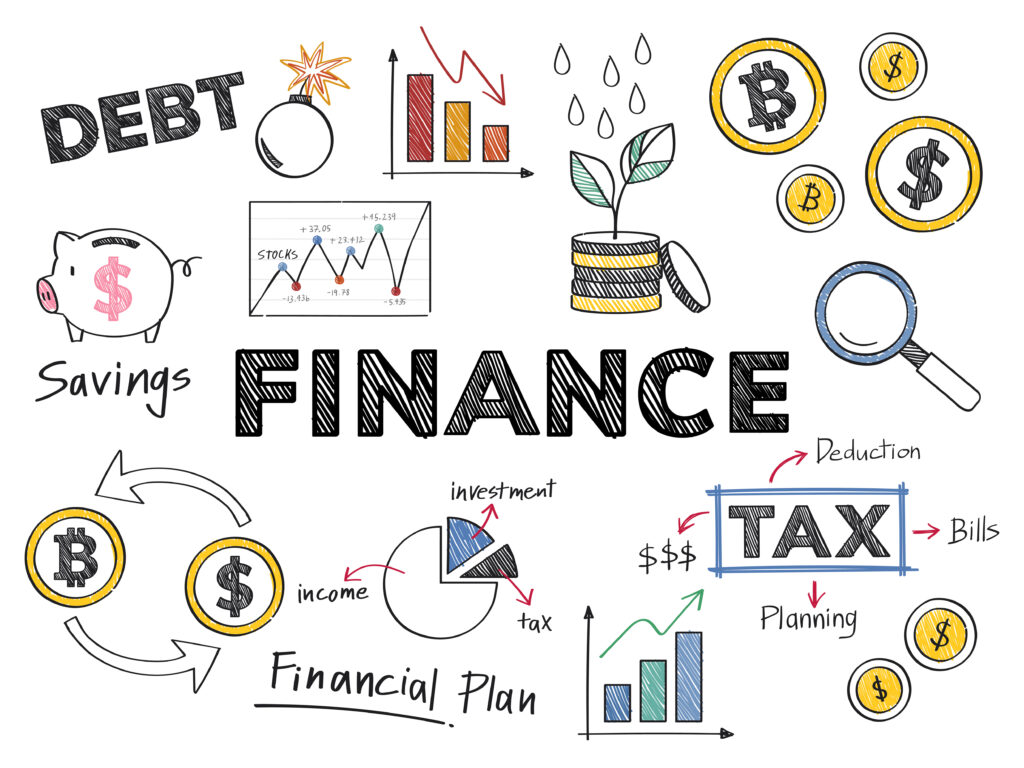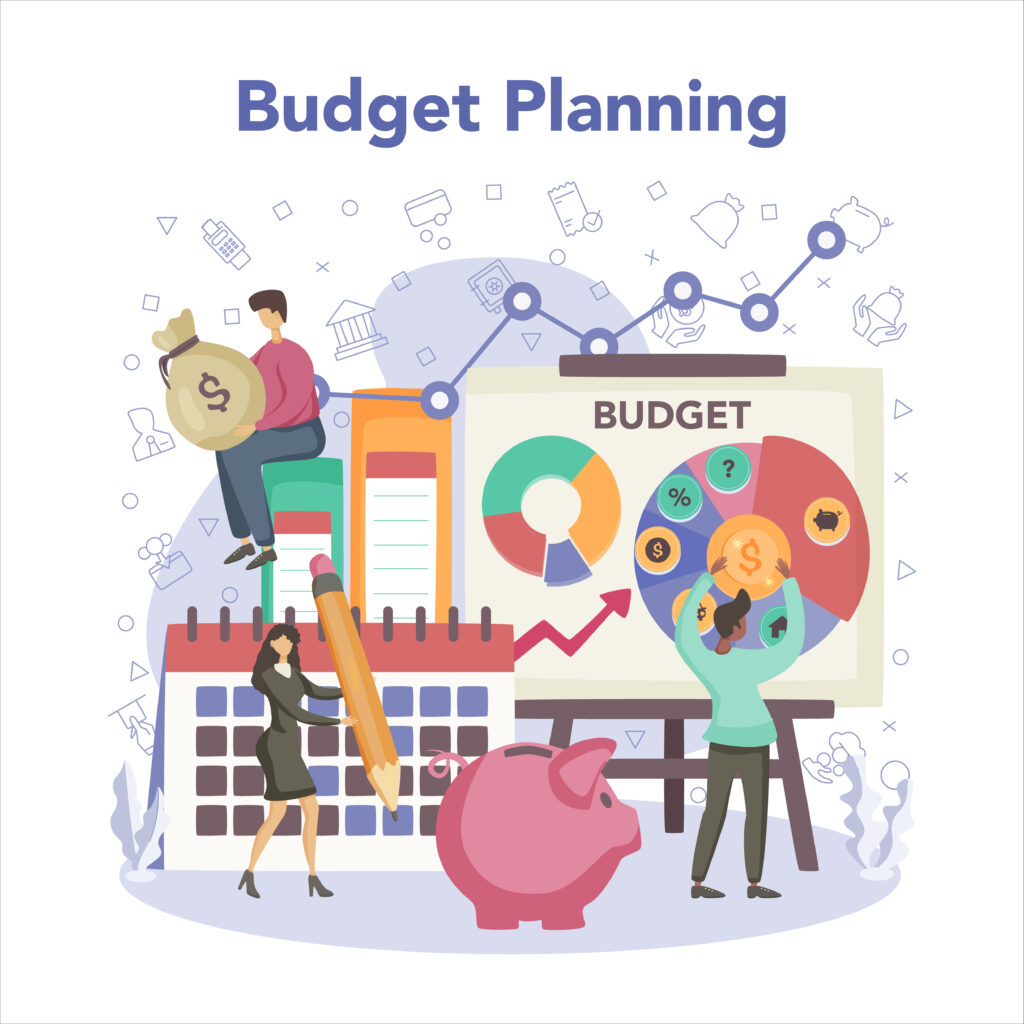Financial Planning

Financial Plan Retirement Investment
Financial Planning
Financial planning might be intimidating, especially when you are new to this. We’re building a future where safety and optimism go hand in hand. If you want to save money for that someday vacation, house, or golden years, an effective financial plan is your pathway to control your finances. For this entry-point guide, we’ll distill financial planning to straightforward steps with tangible results, give helpful reminders, and remind you how sooner can equate to later in good ways.
What Is Financial Planning?
Financial planning means figuring out what you want to do with your money, understanding where you stand today, and then mapping out the steps to get there. It’s like plotting a course for a road trip—you need to know where you’re starting, where you’re going, and the stops along the way. It’s about smart money habits—planning your spending, setting aside savings, growing your wealth through investments, and handling debt wisely to make your finances work efficiently.
Good money management isn’t reserved for the affluent. Anyone who is even moderately employed can take advantage of it. The sooner you begin, the longer your money has to develop.

Why Financial Planning is Important
Without a plan, it’s simple to get caught up in financial pitfalls such as spending more than you have, piling up debt, or losing out on chances to increase your wealth. Here’s why financial planning is a difference maker:
- Clarity and Control: A plan makes you aware of where your money is being spent and makes you confident in your financial choices.
- Achieve Your Goals: Whether you want to purchase a car, begin a business, or retire early, a financial plan keeps you on course.
- Prepare for Emergencies: Things do not always go as planned. A good plan has an emergency fund to cushion you against unexpected expenses.
- Create Wealth Over Time: Intelligent saving and investing have the power to convert small, regular efforts into substantial wealth.
Step-by-Step Guide to Financial Planning
Ready to begin? Follow these steps to develop a financial plan that suits you.
1. Define Clear Financial Goals
Your budget begins with your goals. Your money is a tool—what dreams will it help bring to life? Goals can be short-term (e.g., saving for a vacation in a year), mid-term (e.g., purchasing a home in five years), or long-term (e.g., retiring well).
Tips for Setting Goals:
- Be specific: Rather than “save money,” set “save $5,000 for a car down payment by 2026.”
- Keep them achievable: Make them based on your income and spending.
- Keep them few in number: Work towards one or two major objectives so that you are not feeling bogged down.
2. Check Your Financial Current Status
Take a close look at your finances to understand your current situation. It is similar to getting directions at your GPS system prior to commencing a trip.
- Don’t include: Non-recurring revenues such as tips Estimated money Amounts received once and not regular incomes.
- Track Your Expenses: Look back at your expenses for the last few months. Break down costs (e.g., rent, food, fun) to look for patterns.
- Check Your Net Worth: Remove your debts (e.g., student loans, credit card debt) from your assets (e.g., savings, investments). This gives you a clear picture of your financial well-being.
Pro Tip: Make use of apps like Mint or YNAB to make it easy to monitor your income and expenses.
3. Create a Budget
A budget serves as the cornerstone of your financial strategy. It assists you in spending money on your goals, paying for necessities, and not overspending. The Balanced Budget Method rule:
- Essentials (50%): Cover needs like housing, groceries, and bills.
- 30% for Wants: Non-necessities such as eating out or hobbies.
- Future (20%): Save, invest, or pay off debt for long-term security.
Budgeting Tip: Review and adjust your budget monthly to account for changes in income or expenses.
4. Build an Emergency Fund
Life throws curveballs—car repairs, medical bills, or job loss can derail your plans if you’re not prepared. An emergency fund gives you peace of mind when life throws curveballs, covering unexpected expenses without the panic.
- How Much to Save: Aim for 3–6 months’ worth of living expenses.
- Where to Put It: Place your emergency fund in a high-yield savings account, so it is liquid and modestly growing.
- Save Small First: Even $500 can pay for small emergencies. Save steadily to grow it over time.
5. Address Debt Strategically
High-interest debt, such as credit card balances, can nibble away at your progress. Develop a strategy to eliminate it while still saving for goals.
- Debt Snowball Approach: Pay off short-term debts first to gain momentum.
- Debt Avalanche Approach: Target high-interest debt to save money in the long run.
- Consolidate or Refinance: Think about rolling over many debts into a single loan at a lower interest rate.
Pro Tip: Don’t accumulate new debt while eliminating outstanding balances.
6. Begin Saving and Investing
Saving is great for short-term goals, but investing helps your money grow over the long term. Here’s how to get started:
- Retirement Savings: Contribute to employer-sponsored plans like a 401(k), especially if they offer a match. If you’re self-employed, consider an IRA.
- Other Investments: Explore low-cost, diversified options like index funds or ETFs. These are beginner-friendly and reduce risk.
- Automate Savings: Make automatic transfers to your savings or investment accounts to remain consistent.
Investing Tip: Avoid attempting to time the market. Invest on a regular basis and allow compound interest to do its work.
7. Safeguard Your Finances
Insurance and estate planning are the most neglected yet essential components of financial planning.
- Get the Right Insurance: Health, auto, and renters/homeowners insurance guard against financial catastrophes. If you have people who rely on you, getting life or disability insurance can help protect their future.
- Make a Will: Even if you’re young, a simple will ensures your property goes where you want it to.
8. Check and Update Your Plan Periodically
Your Financial Planning is not a fixed document. Life events—new job, marriage, children, or surprise expenses—call forchanges. Check your plan at least annually or after significant life events.
- Monitor Progress: Mark milestones, such as paying off a credit card or reaching a savings target.
- Be Flexible: Change your budget or objectives as your priorities or income change.

Common Mistakes to Steer Clear of Avoid doing this
- Avoid Winging it: No planning equals lost opportunity and financial headaches.
- Avoid Failing to Include Small Expenses: Everyday coffee drinks or subscription costs pile up in the long term.
- Avoid Procrastinating when Investing: Early action means higher earnings from interest compounded over time.
- Avoid Having Too Much Debt: Refrain from borrowing money for discretionary buying.
Tools and Resources for Financial Planning
- Budgeting Apps: Mint, YNAB, or PocketGuard to monitor income and expenses.
- Investment Platforms: Vanguard, Fidelity, or Robinhood for easy investing for beginners.
- Educational Resources: The Millionaire Next Door by books or The Dave Ramsey Show by podcasts provide actionable tips.
- Financial Advisors: If you want one-on-one advice, opt for a certified financial planner (CFP).
Conclusion
Financial planning is your key to a secure and fulfilling future. By establishing definite objectives, managing budgets, saving for the unexpected, and investing for the future, you’re not merely navigating money—you’re creating a life you adore. It’s not perfection; it’s progress. Begin small, be consistent, and don’t hesitate to adjust your your plan as life evolves. The steps you take today will pave the way for financial freedom tomorrow. So, grab your financial roadmap and start your journey now—you’ve got the tools to succeed!
Frequently Asked Questions (FAQs)
1. How do I start financial planning with a low income?
You can start by creating a simple budget, focusing on essentials, and saving even small amounts (like $10 a month). Prioritize an emergency fund and avoid high-interest debt. Free budgeting apps like Mint can help you track spending.
2. What’s the difference between saving and investing?
Saving means keeping money secure for near-term needs—like in a savings account for emergencies or upcoming plans. Investing is about putting your money to work in things like stocks or funds, aiming for growth over years or decades.
3. How Much Should You Stash in Your Emergency Fund?
Aim for 3–6 months’ worth of living expenses. Start with a smaller goal, like $500, and build up gradually by saving a little each month.
4. Should I hire a Financial Planning advisor?
If your finances are simple, you may not need one yet. Use online tools and resources to learn the basics. If your situation is complex (e.g., investments, taxes, or inheritance), a certified financial planner can provide tailored advice.
5. How Often Should You Check Your Financial Planning?
Review your plan at least once a year or after major life changes, like a new job, marriage, or having a child. Regular check-ins keep you on track and allow adjustments as needed.
Financial planning doesn’t have to be stressful. Let’s work together to create a plan that fits your life. Drop a comment below or share your favorite money-saving tip!








